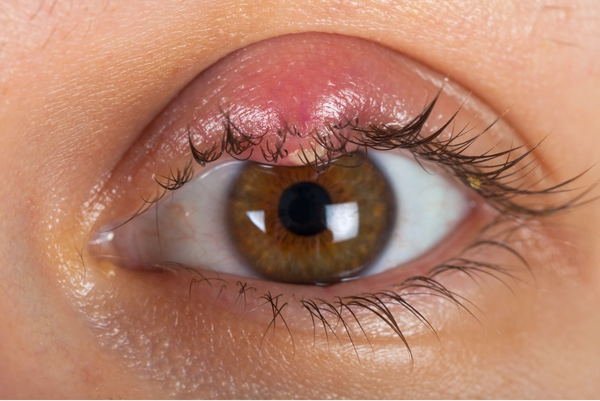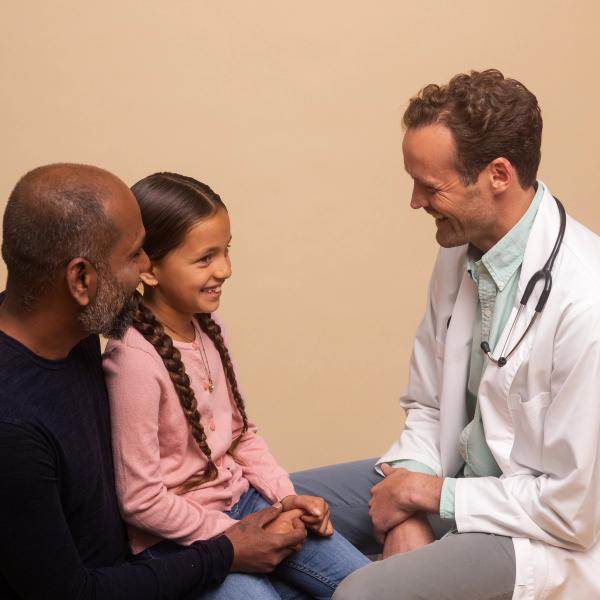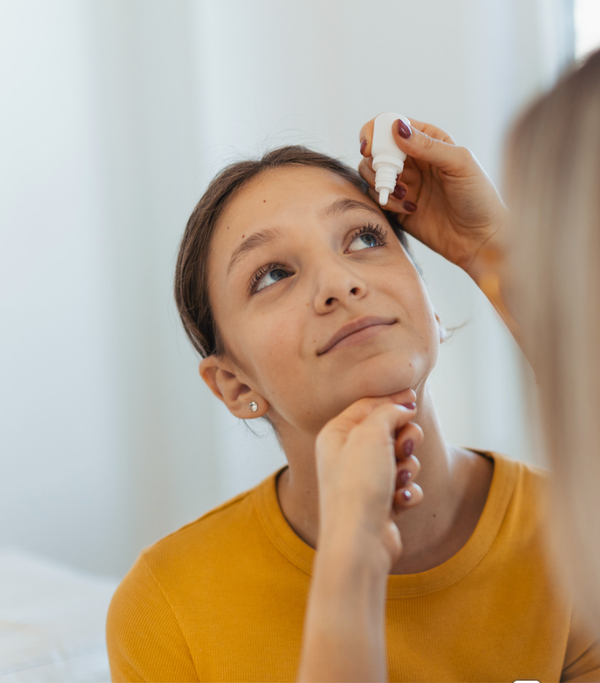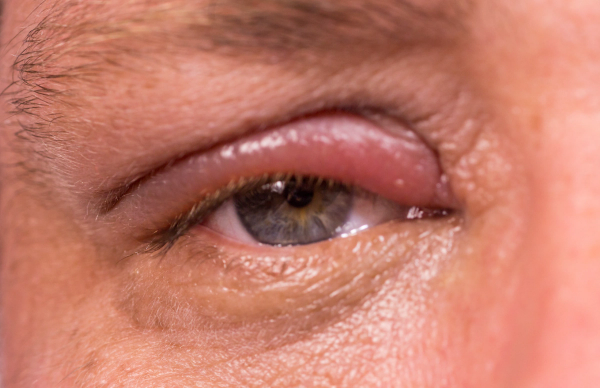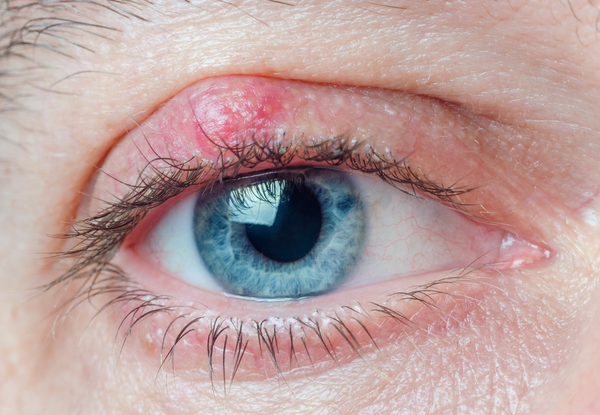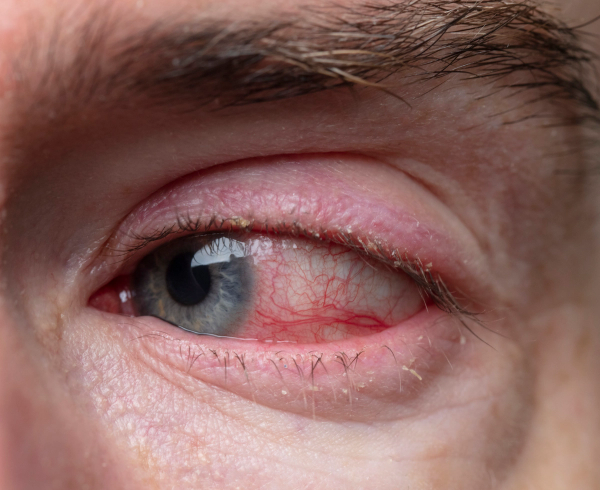Stye
Stye - Symptoms, treatment, when to go to doctor and other similar conditions
Stye (hordeolum) is an inflammation of a hair follicle or sebaceous gland on the edge of the eyelid.
Stye is divided into:
- "Internal hordeolum" which is located inside the eyelid and is an inflammation of a sebaceous gland.
- "Outer hordeolum" is located on the outside of the eyelid and is inflammation of a hair follicle.
Most often, it is the skin bacterium Staphylococcus aureus that causes the infection.
Book an appointment